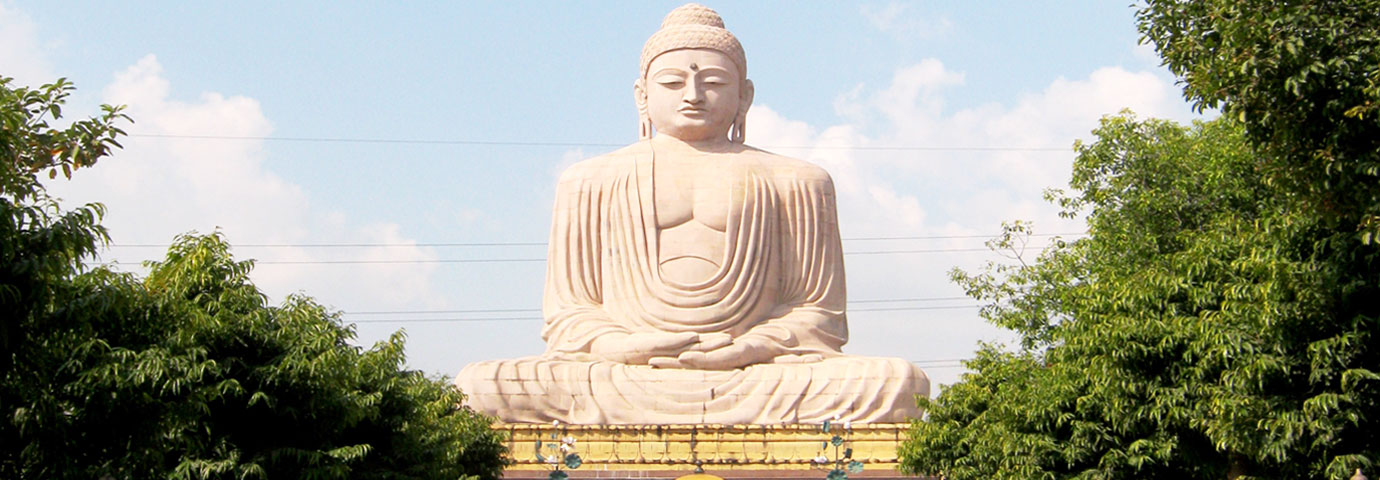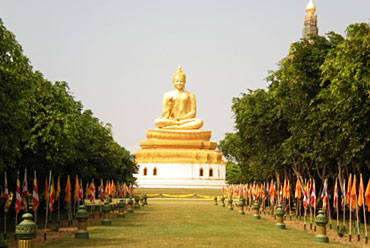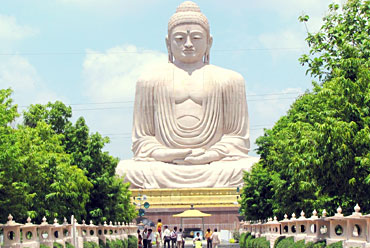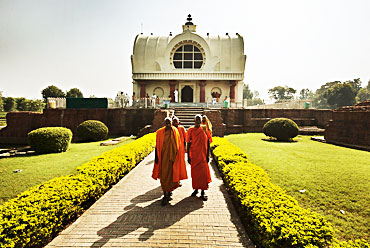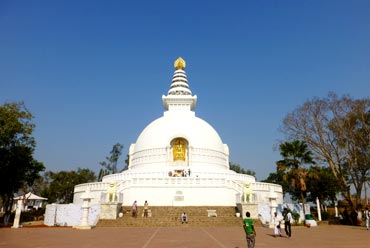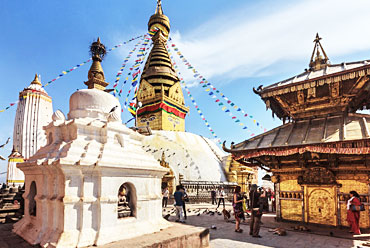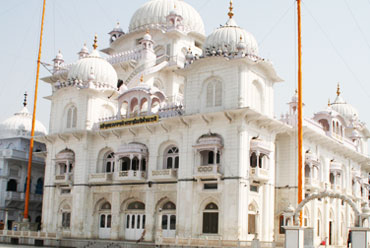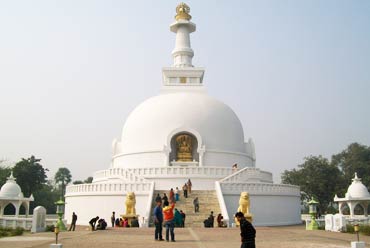The life of Gautam Buddha, the founder of Buddhism, is associated with the small town of Bodhgaya. It is one of the four holiest cities of Buddhist faith. The Mahabodhi temple is the main attraction of this town and is located near the spot where Lord Buddha attained spiritual enlightenment. Bodhgaya is not only an important Buddhist pilgrim center, but it is also an important center for the study of Buddhism.
Location
Bodhgaya is located in the central part of the state of Bihar, in the northeastern part of India. It is the part of the great Ganges plains. It is situated on the west of the Falgu River, which is a tributary of River Ganga (Ganges). It is 13 km south of Gaya and 113 km south of Patna city. The climate of Bodhgaya is tropical. Summers are generally hot (April-June), while winters are cool (October-February). It experiences southwestern monsoon rains from July until September.
History
The history of this small town is associated with Buddhism since ancient times. The region around Bodhgaya formed the part of the first small kingdoms of India in the 7th century BC. It came into limelight in 6th century BC, when a local prince Siddharth (also known as Gautam) renounced all material possession and, after practicing rigorous penances for years, attained Enlightenment or Nirvana under a Bodhi (Bo) tree here. After gaining Enlightenment, Gautam became Buddha (The Enlightened One) and spread his message of love and peace. To mark the spot where Gautam Buddha had attained Enlightenment, the great Mauryan ruler King Ashoka built a small shrine here in the 3rd century BC. Subsequent rulers left their mark on this shrine, which finally took the shape of the Mahabodhi temple that still stands.

